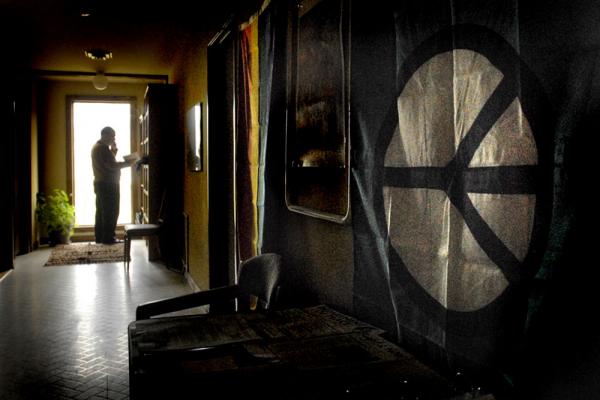Editor's Note: At the beginning of February, the United Nation celebrates World Interfaith Harmony Week. To mark the occasion the Tony Blair Faith Foundation asked people to share their stories of finding friendship and connection with someone of a different faith tradition. This is my story.
When it came time to read from the Torah — handwritten scrolls containing the first five books of the Hebrew Scriptures that are kept in a special ark in every synagogue — something happened I’d never seen or experienced before. The Torah scrolls, which are kept in a blue velvet cover with gold embroidery, were taken down and passed to the congregation. I’d seen men in synagogue hold the scrolls, but I’d never seen them passed this way, from person to person, like the collection basket or the little trays of wine or bread in some of the churches I’d attended over the years.
I’m not Jewish, and in that little gathering of a dozen or so people, I think everyone there knew it. Still, when the scrolls got to me, the woman next to me, without a moment’s hesitation, placed them gently in my arms, like a newborn baby.
I’ve yet to conjure up the words to describe how that moment of inclusion felt. Sacred, yes. Grace-filled, absolutely. But also ancient — tying me to a whole history of a people whom I’d never before thought of as “mine.”
But they are. The Sechers are. The other people at the Bozeman synagogue were. The strangers at the supermarket where we bought matzo and wine were. The people who are reading these words are.
Read the Full Article

